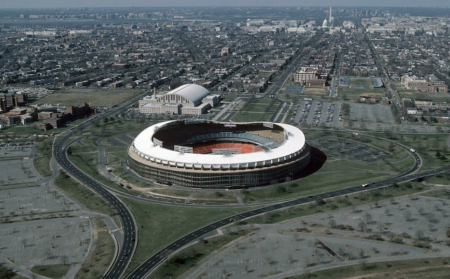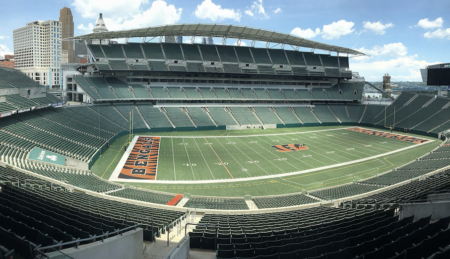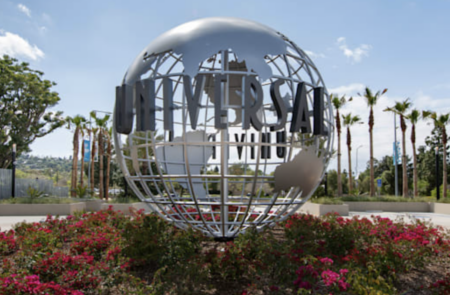Sydney is set to spend a total of A$2.5bn (US$1.9bn) to construct and redevelop a trio of stadia including the rebuilding of the ANZ Stadium, which served as the 80,000-seat centerpiece venue for the 2000 Olympic Games.
The Olympic Stadium, located in Homebush in the west of Sydney, has been used to stage a variety of sporting and entertainment events since the end of the Games but will be rebuilt as a “true rectangle” to better suit local sports such as rugby and soccer.
Plans announced by the New South Wales government reveal the new stadium, which will cost an estimated A$1.25bn (US$950m) to develop, will have a 75,000-seat capacity, and has the potential to include a retractable roof.
Despite the Olympic Stadium only being 17 years old, NSW premier Gladys Berejiklian said the decision to demolish and rebuild the Olympic Stadium comes as “it wasn’t built for modern, global events and it wasn’t built for spectators”.
Work will begin in 2019 and is expected to be completed by 2022, when the stadium will become the host for the National Rugby League (NRL) grand final for the next 25 years.
As part of the multi-billion-dollar project, plans for demolishing and rebuilding Sydney Football Stadium (commercially known as the Allianz Stadium) in Moore Park were also announced.
The 45,000-seat venue, home of Sydney FC soccer club and the Sydney Roosters NRL team, will feature a changeable seating system where it will hold 30,000 spectators for typical club games but also mask behind a screen a further 15,000 top tier of seats for ‘marquee football and rugby matches’.
It is rumored that Populous, which designed the ANZ Olympic Stadium in 1999, is involved and plans to offer steeper seating to get fans closer to the playing field. It is understood that the architects are also consulting with Sydney FC fans’ request for safe standing terrace-style seats in one end of the ground.
“Fans will be closer to the action than ever before, with steep seating creating a colosseum-inspired wall of sound and color, enhanced with the world’s most advanced technology,” said Berejiklian.
Sydney Football stadium, which was constructed in 1988, has been identified by NSW sport minister Stuart Ayres as approaching the end of its use and is “borderline safe”. He also claimed the stadium does not provide enough toilets for female and disabled fans. However, the plans have been met with opposition, with Sydney lord mayor Clover Moore arguing the venue will not host enough major sporting events to warrant the A$705m (US$536m)rebuild.
Yet, the promise of world class facilities is welcomed by the NRL and A-League teams that will call the SFS home while fans are promised an “unparalleled match day experience” according to Sydney Rooster chief executive Joe Kelly.
With the Parramatta Stadium, in the city’s west, also currently undergoing a A$300m (US$228m) rebuild as part of the total A$2.5bn (US$1.9bn) project, by 2022 “Sydney will have three world class stadiums in action .. ensuring the best possible experience for rugby fans and enabling us to bring the biggest rugby tournaments in the world to Australia,” said Rugby Australia chief Bill Pulver.
While the significant outlay for the project has been criticized, Berejiklian sees it as a worthy investment for Sydney to attract sporting events and the valuable tourism trade that follows.
“To compete globally and attract national and international events, our stadia must have the most modern facilities that offer a great experience for fans…This is an investment into our vital tourism industry, which is worth A$33.2bn (US$25.3bn) per year to the NSW economy and supports 164,000 jobs,” Berejiklian added.
November 29, 2017
Written by James Billington




